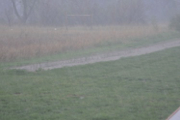
 What do you do when the lawn can't be cut because of constant rain? The best thing to do is to set your mower as high as possible and bring it down in steps. It is always best never to take more than one third of the grass blade off at one time. If more is taken, the plant reacts by using stored energy reserves to quickly send up new growth. This reduces the amount of energy available for the plant to deal with stress or damage done by insects or disease. However, sometimes it is just not possible to keep the "one-third rule." In such cases, cut as high as possible even though it may mean you are cutting off more than one third of the blade. Bring the height down gradually by cutting more often and at progressively lower heights until you reach the target height. (Ward Upham)
0 Comments
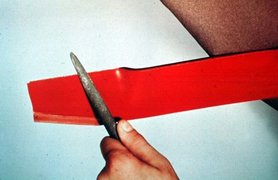 Lawn-mowing season is here. Remember that dull blades give the lawn a whitish cast. A dull blade does not cut cleanly but rather shreds the ends of the leaf blades. The shredded ends dry out, giving the lawn that whitish look. A sharp mower blade is even more important when the turf starts putting up seed heads next month. The seed head stems are much tougher than the grass blades and more likely to shred. Under normal use, mower blades should be sharpened about every 10 hours of use. (Ward Upham) 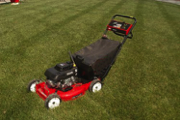 We often are asked whether it is good to mow lower in the spring. The answer is yes and no. It doesn’t hurt to mow lower than normal the first mowing or two. As a matter of fact, it can actually speed green-up by removing old, dead grass and allowing the soil to warm up more quickly. But the mowing height should be raised to normal after the first or second cutting to discourage crabgrass and encourage deep rooting. Crabgrass seed must have light to germinate, and a high mowing height will help shade the soil. Also, root depth and mowing height are related on upright growing grasses such as tall fescue and Kentucky bluegrass — the higher the height of cut, the deeper the root system. A deeper root system means a more drought-resistant turf. So, how low should you go on the first cutting? On tall fescue and Kentucky bluegrass, you can mow as low as 1 to 1½ inches. Be careful you don't go so low that you scalp the turf. After that, raise the mowing height for Kentucky bluegrass to 2 to 3 inches but 3 to 3½ inches for tall fescue. (Ward Upham) Video of the Week: |
AuthorsCynthia Domenghini runs the Horticulture Response Center in the Department of Horticulture and Natural Resources at Kansas State University. Other contributors include K-State Extension Specialists. Archives
March 2024
Categories
All
|
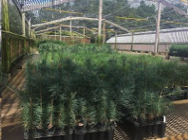
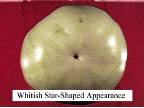
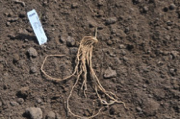
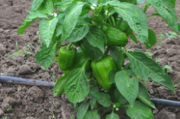
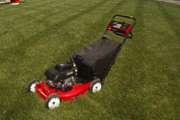
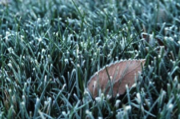
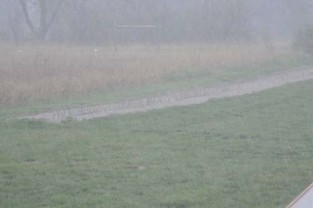
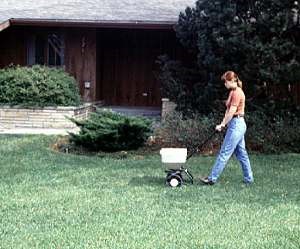
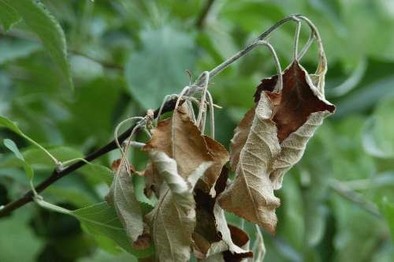
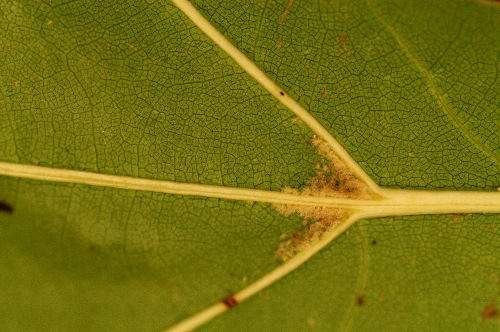
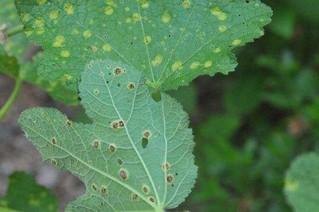
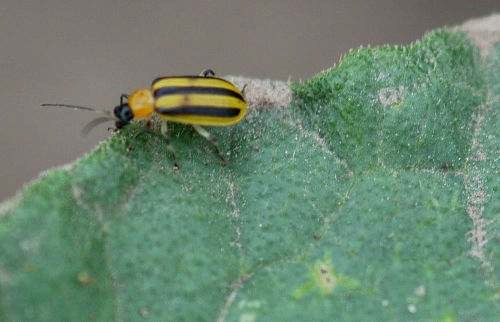
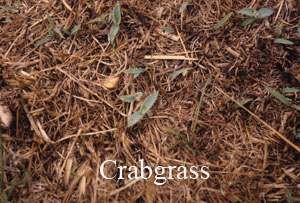
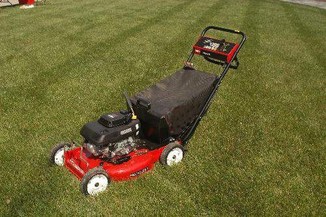
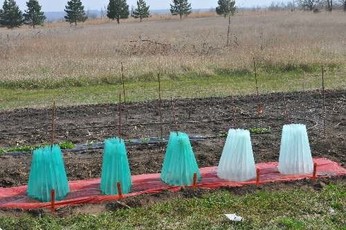
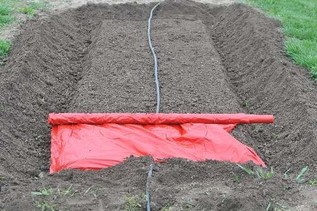
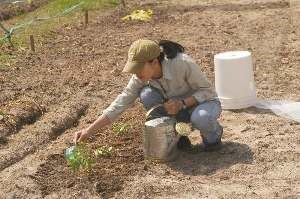
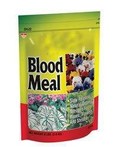
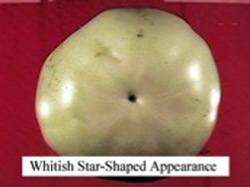
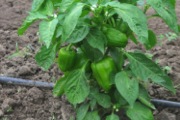
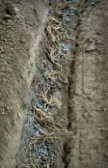
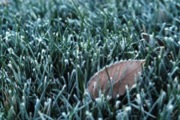
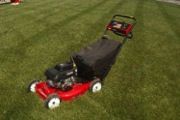
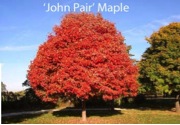

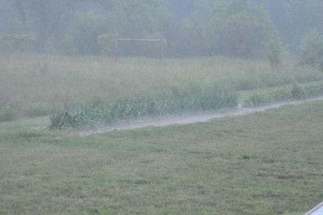
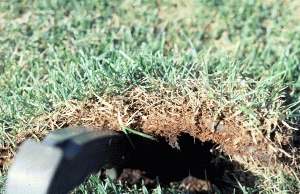
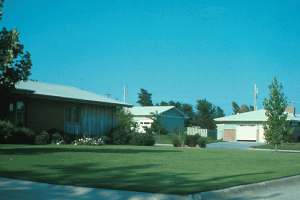
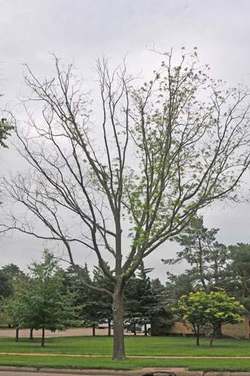
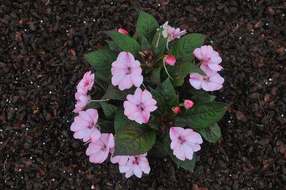
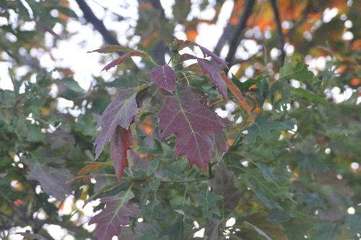
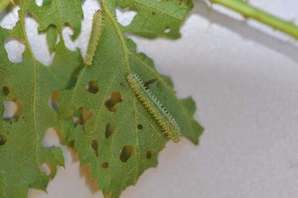
 RSS Feed
RSS Feed
